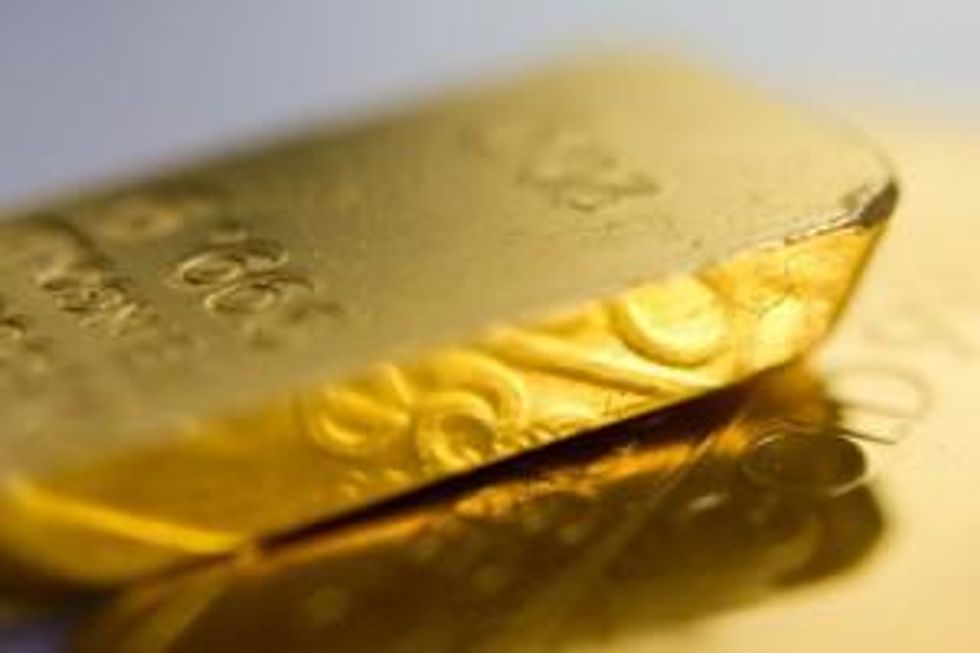Fed Ends Quantitative Easing Program, Gold Slides Backwards
Lear Capital’s Scott Carter spoke with Gold Investing News about the latest happenings in the gold market.
Given gold’s recent performance, investors are likely aware that the Federal Reserve has announced the end to its bond-buying program, effectively cutting demand for gold as a hedge against inflation. The yellow metal slipped 1.4 percent on Wednesday, falling $17.33 to land at $1,211.87, its lowest price in three weeks. In today’s trade, the yellow metal touched down at $1,208.50, its lowest level since October 3.
Despite being concerned about the country’s economic growth, the Fed has cut back its stimulus program and will not be increasing interest rates any time soon.
“The challenge with ending quantitative easing,” as Scott Carter, CEO of Lear Capital, explained in a phone interview with Gold Investing News, “is that if the economy starts to wiggle and wobble, the Fed will jump back in and start bond buying again.”
But until then, the Fed will take a step back in hopes that it can firmly remove itself from the business of printing money to prop up the economy. Unfortunately, as we have seen in the past, there is a good chance that this child isn’t ready to ride a bike without its training wheels.
In a report out last week by Casey Research, the firm points to “two brief interludes” following the end of quantitative easing programs in 2010 and 2011, and the subsequent fallout. “The brutal reactions to the two pauses in money printing make it clear that most markets are addicted to easy money,” the firm states.
Indeed, the Fed printing money that in turn is being absorbed by the market — and not the economy — has left the US in the position of fighting off low growth and not generating real wealth. What’s left, as Carter pointed out, is a debt-driven recovery where no real jobs have been created.
To exacerbate the issue, “the stock market is not reflecting what the true underlying economy is doing,” Carter said, noting that the Dow keeps gaining despite jobs and economic growth not lending much support. That, he explained, has forced the Fed’s hand at staying close by to provide cheap capital to keep the economy going; if things were going better, we’d be seeing interest rates at 3 percent — instead, they are at zero.
What about gold?
For hard asset investors, the market has not been behaving in any predictable way. Understandably, cues that the economy is doing well generally suppress the gold price. Also weighing on gold is the US dollar, which has been performing well against a basket of currencies for several weeks now. However, geopolitical tensions tend to have the opposite effect, and over the course of the last few months, there have certainly been several geopolitical issues crossing the wire. Yet the yellow metal is slipping further and further from highs seen earlier this year.
Indeed, at the end of Q2, Carter told Gold Investing News that he was expecting to see a run in gold prices up past the $1,400 mark. A survey of our readers also indicated that 59 percent of respondents were also expecting to see bullish factors in the market push the yellow metal beyond that price point. But with October drawing to an end, it appears that so far, gold isn’t going anywhere.
Carter did note that currently the US is in an election period, which tends to throw a blanket over the eyes of market watchers, as generally big, wild swings in the equity markets are not looked kindly upon. As more data comes out, it will be easier to tell which way the economy is really leaning.
On that note, Carter believes that once the election is over there will be a clearer indication of what is going on. “If after the election the data is more unhealthy, I think you will see gold head towards the mid-$1,300s by the end of the year,” he said, adding that the metal will move quickly.
Securities Disclosure: I, Vivien Diniz, hold no investment interest in any of the companies mentioned.





